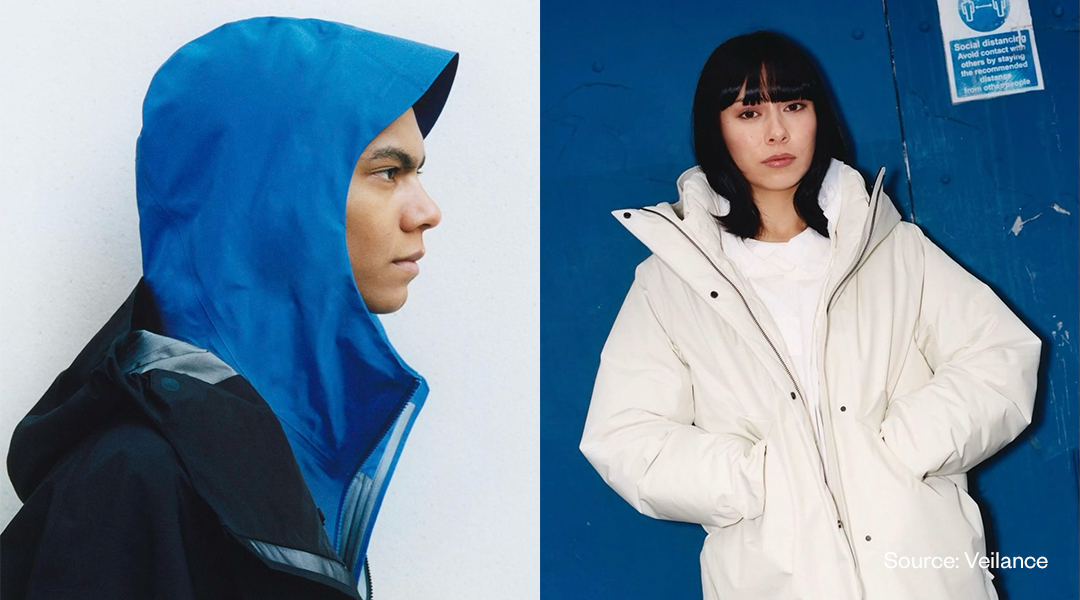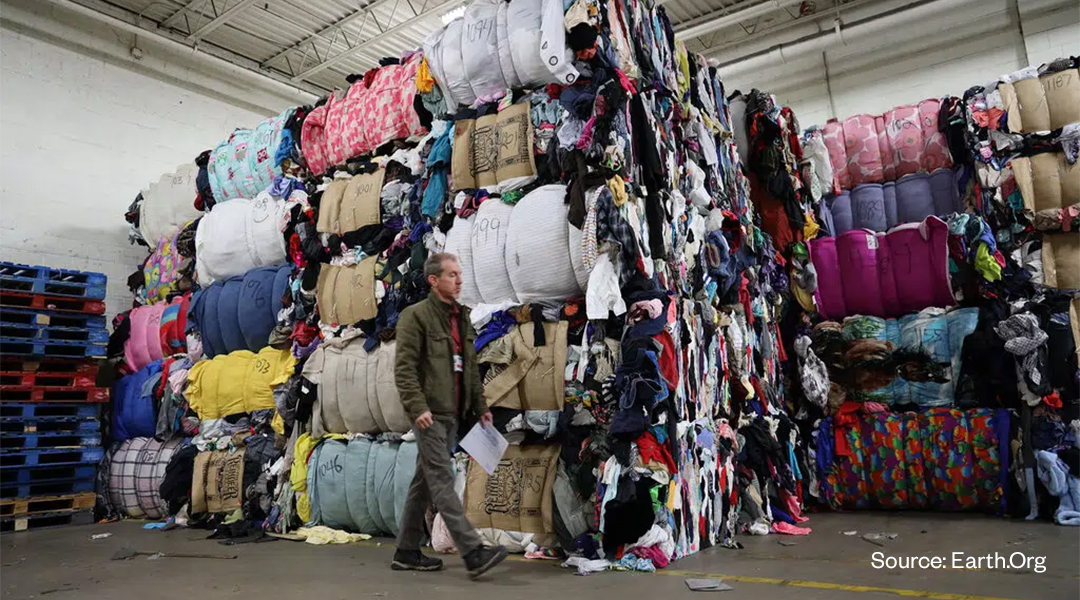The state of fashion 2024: Key challenges and opportunities for growth
Navigate 2024's fashion challenges and uncover growth strategies. Discover how to connect with customers and maximize sales.

As we enter 2024, brands and retailers face yet another year filled with economic challenges and uncertainties. However, there's a silver lining; McKinsey and Company projects growth in the fashion industry of 2-4% for the year. Let's explore the current trends shared in the eighth annual State of Fashion report by The Business of Fashion and McKinsey & Company.
1. Global Economic Uncertainty Impacts Fashion
According to Business of Fashion, more than 50 percent of fashion executives expect to raise prices in response to macroeconomic, geopolitical, and climate-crisis pressures. Increased prices may challenge the industry’s growth.
Plus, financial, geopolitical, and other concerns continue to affect consumer attitudes, possibly leading to decreased apparel purchases in major markets like China, Europe, and the US. Fashion executives, facing challenges from various fronts, are contemplating price increases and focusing on generative AI, sustainability, and travel for future growth.
2. Fashion's Response to the Climate Crisis
.jpg?width=1080&height=600&name=Blog_BOFStateofFashion24_Body1%20(2).jpg)
2023's extreme weather events have brought urgency to the climate issue, particularly impacting the fashion industry's supply chain. Currently, extreme weather is putting fashion workers' lives and livelihoods in danger and could put an estimated $65 billion of apparel exports at risk by 2030.
It’s no longer possible to ignore the climate emergency––immediate actions to reduce emissions and strengthen supply chains are vital. The sector must prioritize resilience and actively contribute to emission reduction.
3. Travel's Influence on Shopping
Chinese travel to overseas destinations is predicted to reach between 70 percent and 100 percent of pre-pandemic levels in 2024, highlighting travel is returning back to normal.
As travel returns to pre-pandemic levels in 2024, there's a noticeable shift in shopper expectations, with shopping remaining a priority.
Brands and retailers must realign their distribution and product strategies to cater to these evolving needs.
4. Rise in Outdoor and Technical Clothing

With the post-pandemic shift towards healthier living, there's an expected increase in demand for technical outdoor clothing in 2024. This trend is prompting outdoor brands to launch lifestyle collections and lifestyle brands to infuse technical elements into their offerings. The blend of functionality and style is becoming more prominent in fashion.
Read more: The Outdoor Industry’s Creative Approach to Solving Inventory Glut
5. Generative AI's Role in Fashion
.jpg?width=1080&height=600&name=Blog_BOFStateofFashion24_Body3%20(1).jpg)
Following the surge in generative AI (gen AI) in 2023, brands are exploring its various applications––around 73 percent of executives expect to prioritize generative AI in 2024. As new uses emerge, the key for fashion brands lies in recognizing AI's value beyond automation and seeing its potential to augment human creativity.
6. Emotional Brand Marketing Resurgence
There's a significant shift towards brand marketing, with major players moving away from performance marketing. This strategy focuses on building long-term emotional connections with audiences and is becoming crucial for brand development.
Read more: Why Personalized Selling is the Key to Winning Customers
7. Sustainability and New Regulations
The fashion industry's approach to sustainability and climate policies is changing due to new global regulations. The era of fashion brands independently dictating their sustainability and climate policies is drawing to a close. For instance, the European Union has already approved legislation that includes a ban on the destruction of unsold textiles.
This shift requires brands and manufacturers to adapt their business models to comply with these regulations and meet new standards.
8. Supply Chain Challenges
The “bullwhip effect,” caused by fluctuations in consumer demand, continues to impact the fashion industry. This volatility pressures suppliers, prompting brands and retailers to emphasize transparency and strategic partnerships in their supply chain management.
Read more: What is Ecommerce Inventory Management?
As we enter 2024, the fashion industry is confronted with a landscape marked by economic uncertainties, climate crises, and evolving consumer behaviors. Despite these challenges, there is cautious optimism buoyed by projected growth. The trends highlighted in the eighth annual State of Fashion report underscore the industry's resilience and adaptability, from addressing the climate emergency to embracing innovative technologies like generative AI. Sustainability and regulatory compliance are non-negotiable imperatives, while supply chain challenges necessitate collaboration and transparency. By prioritizing agility, sustainability, and innovation, fashion brands can navigate the complexities of the year ahead and emerge stronger in the pursuit of a more inclusive, sustainable future.
Related articles
Get on the list
Wholesale tips and industry news you can’t miss, delivered weekly
